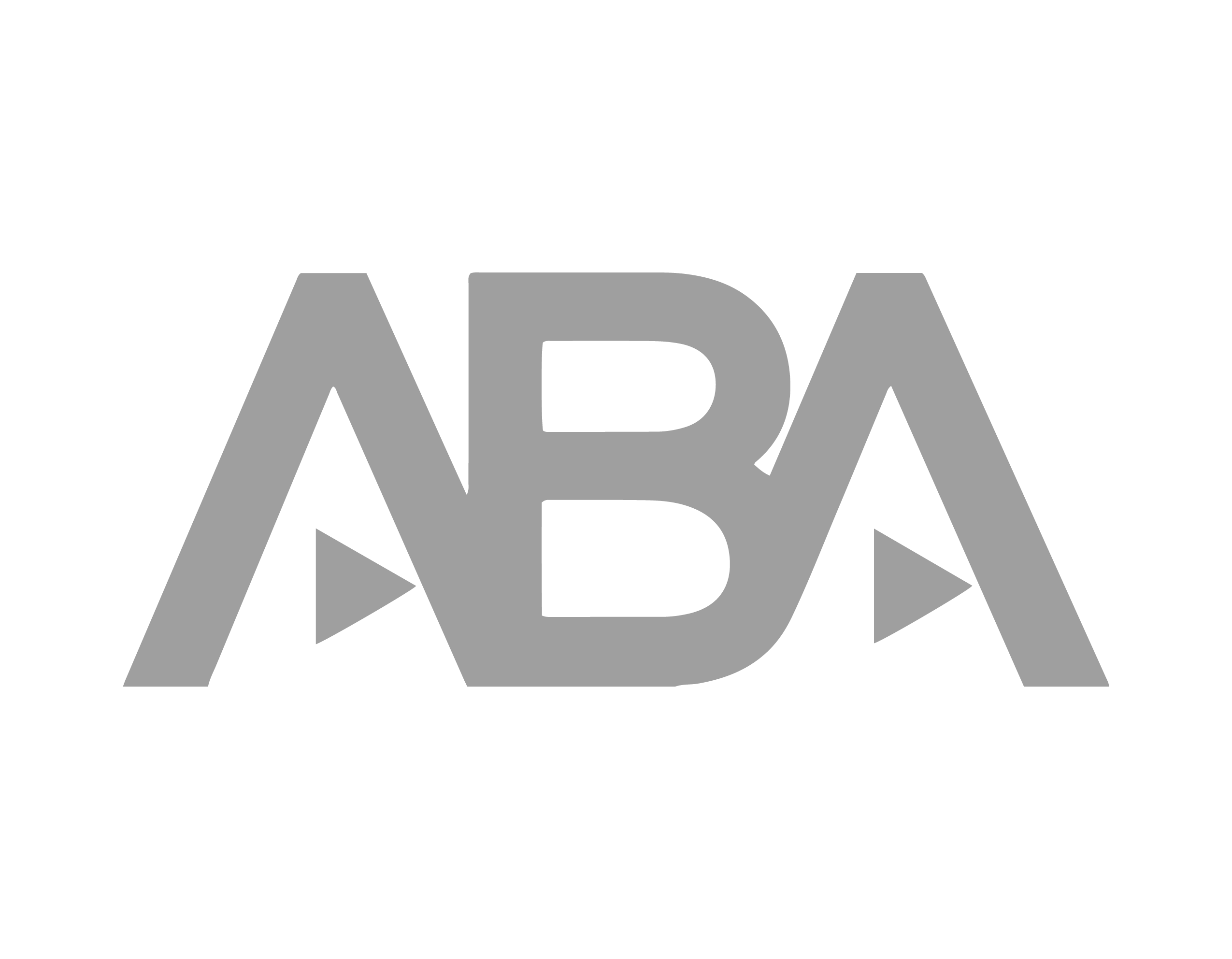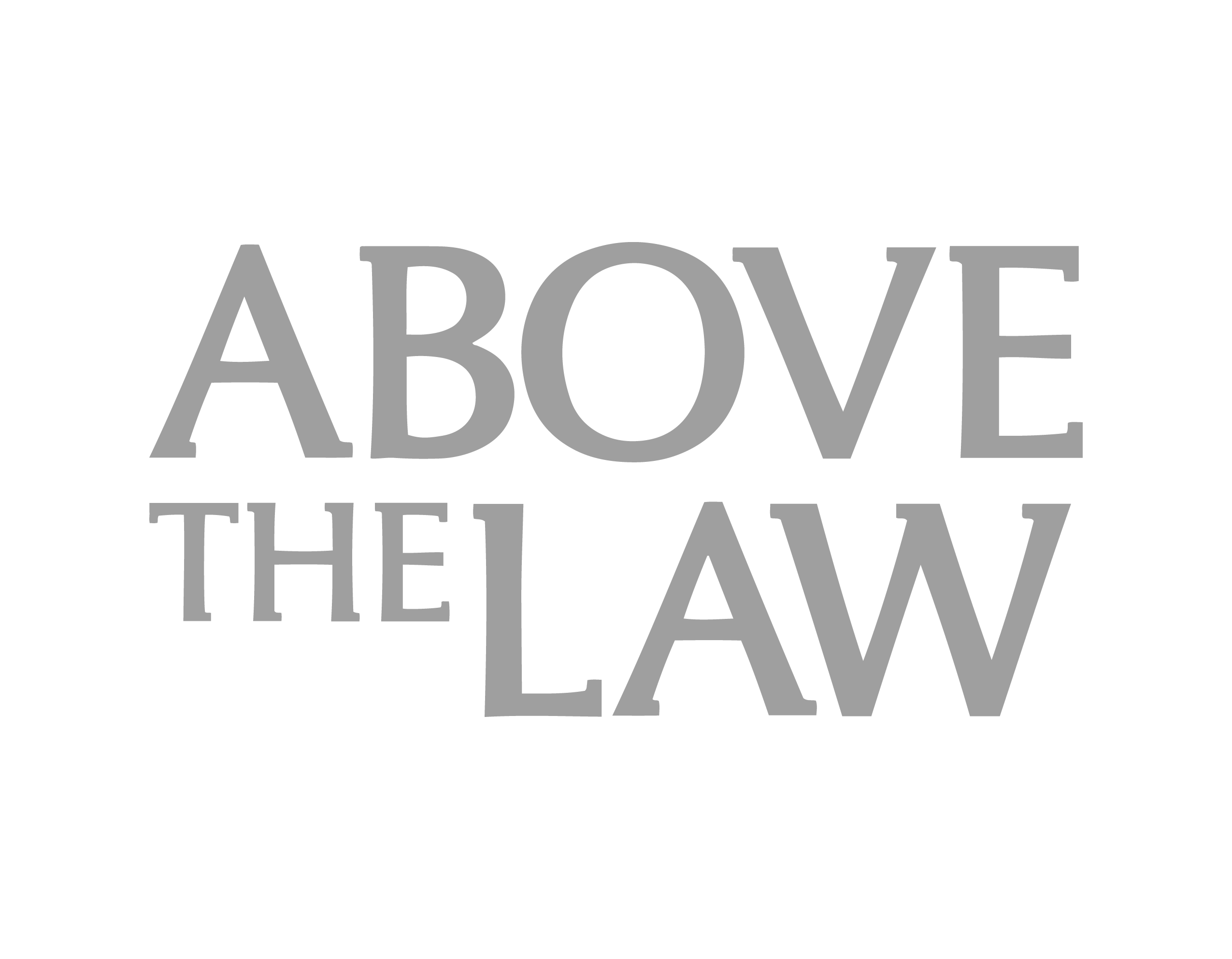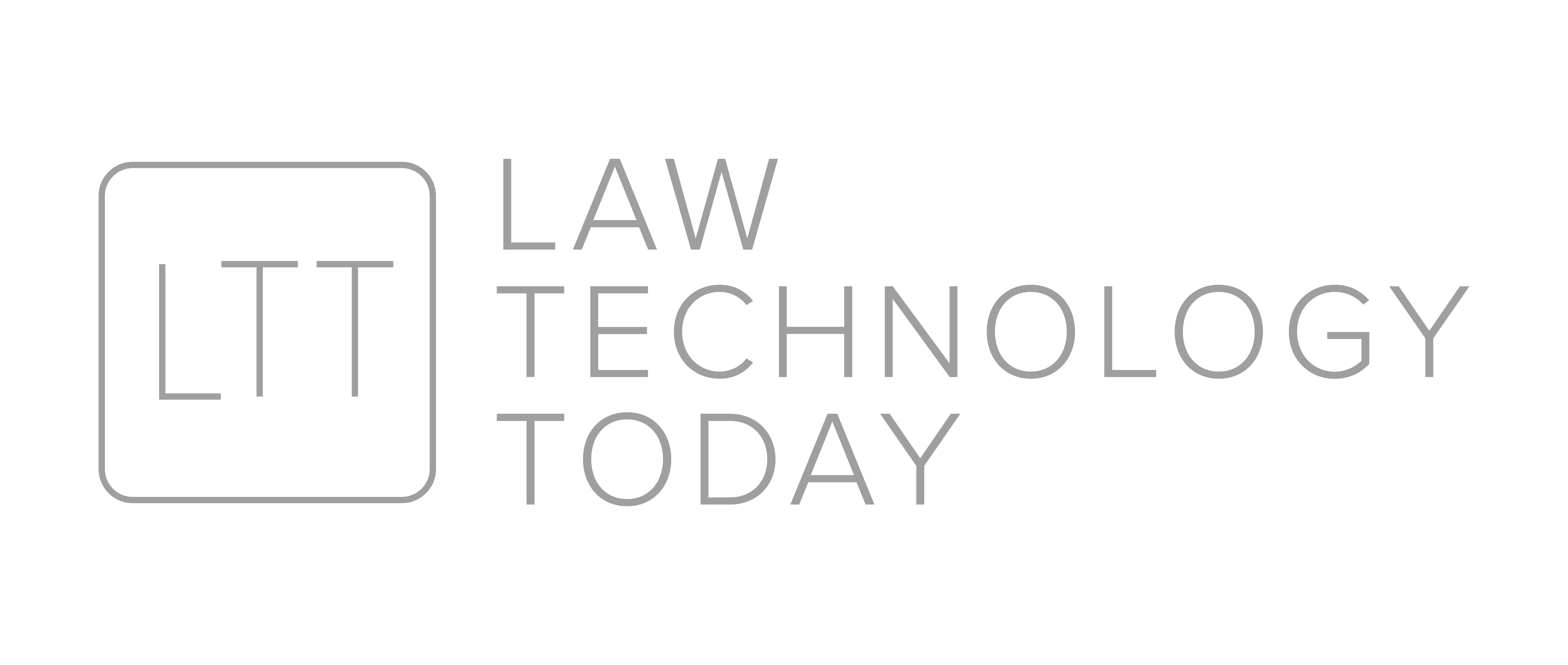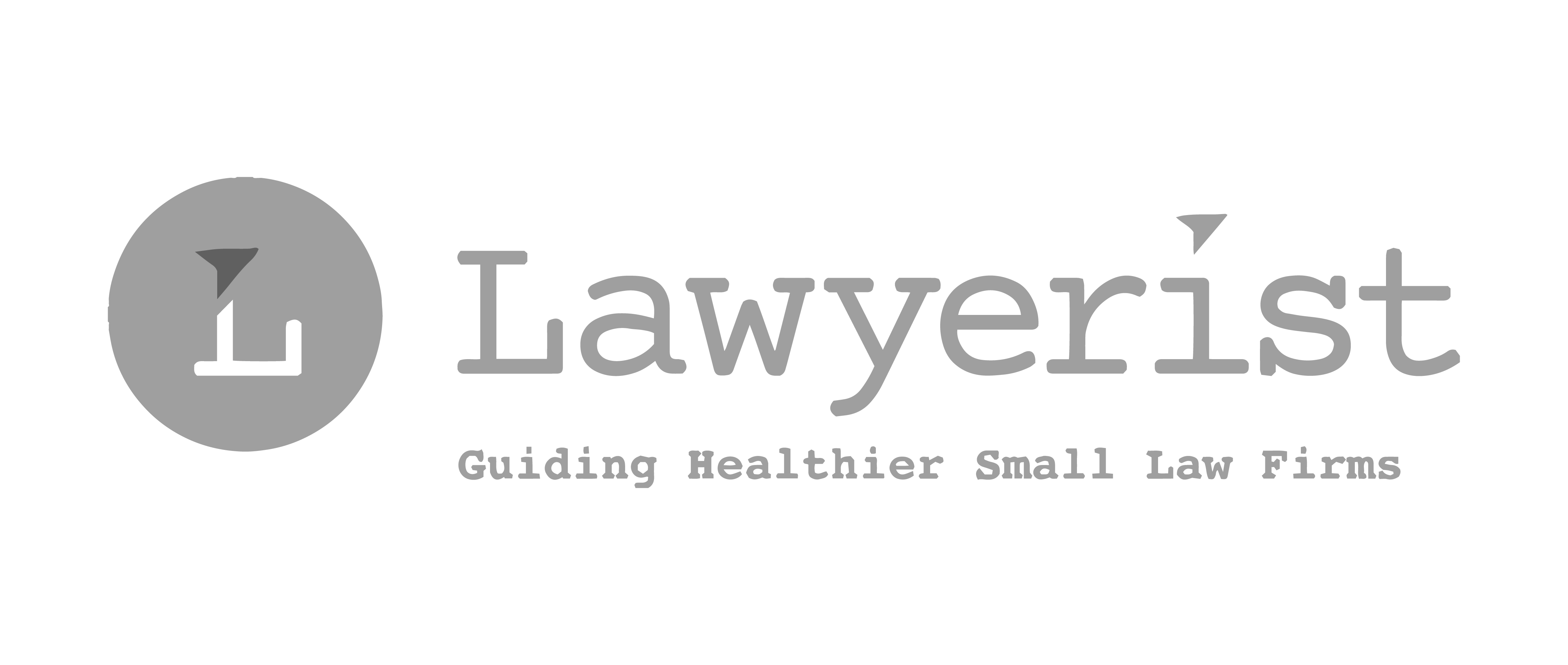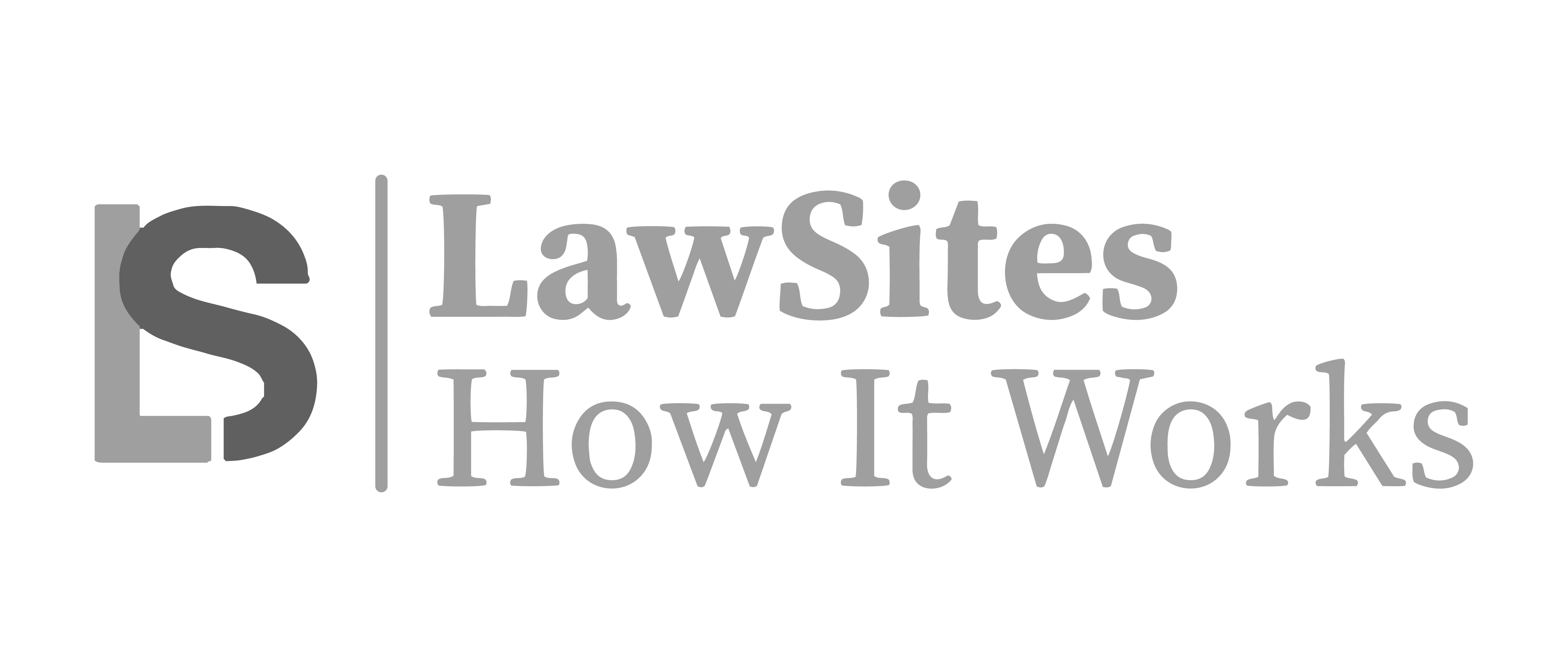Statement Analysis: A Compelling Discovery Tool For Lawyers
First of a 2-part series on Statement Analysis. Part 2: Statement Analysis: Unusual Truth Indicators For Lawyers.
Recently, “statement analysis” has become a popular topic of discussion. It’s something I’ve personally found intriguing and possibly highly useful to lawyers.
Generally, “statement analysis” refers to the practice of mining specific statements for subtle, unintentional clues concerning the underlying truth or completeness of the information being expressed. It doesn’t yield definitive or conclusory information, but it can give valuable signals.
Practitioners such as Peter Hyatt and Dr. Lillian Glass have gained substantial notoriety providing very interesting analysis in the context of recent high-profile criminal trials, but the technique can be equally applicable in civil investigations, depositions, and trials.
The topic itself is wide-ranging and complex, but 2 particular segments jumped out as uniquely interesting: the process of “self-editing” and the notion of “truth signals.” First, a little about “self-editing.”
Need a better way to manage your practice?
The “self-editing process” is a description of how we ultimately decide to articulate a particular experience. “Self-editing” can provide subtle clues when a person decides to leave certain information out of an answer or includes information in an answer that one normally wouldn’t include in describing a similar event.
For example, imagine you were asked to describe the first thing you did this morning. A simple question on its face, yet one that could theoretically be answered in dramatically different levels of detail.
One response could be:
“I awoke. I rolled to my left, I stretched. I itched my nose. I sniffled. I hit the snooze bar. I thought about my day for a second. I rolled to the right ….” And so on. The response could be potentially be pages upon pages.
A more likely response, one that’s “self-edited” in a more natural way, might be:
“I got up.”
The particular way we “self-edit” (or not) can provide major signals when investigating an event.
Ridiculously Remarkable Legal Billing
The Law Firm of Tomorrow
Productivity Tips for the Discerning Cloud Computing Lawyer
60 Apps in 60 Pages
Peter Hyatt, a statement analysis expert who has investigated a vast amount of child abuse and neglect cases, has indicated a high correlation between victimized children and the tendency of those children to self-edit in ways that include otherwise unnecessary details of covering. For example, when asked to describe what they did late last night, one child might say: “I turned out the light and went to sleep.” An abused child might describe the exact same facts using extra “covering” detail, as follows: “I closed the door, I turned out the light, I pulled up the covers, and then I went to sleep.”
Clearly there are no “magic words” that automatically translate into any particular conclusion, but the nature of this kind of description would, Hyatt argues, justify a deeper inquiry.
“Self-editing” is an important behavioral concept to recognize and, it seems to me, an interesting new angle to add to your own investigative practices, particularly in the discovery process.
Next we’ll take a look at what type of statements might point toward, or away from, truthfulness.
RELATED POSTS:
Hip Law Profs Helping Shape NextGen Lawyers
A Lawyer’s Recipe For Better Listening
For The Lawyer Who Loves To Analyze Data, CONTEXT Is King
Share post:


